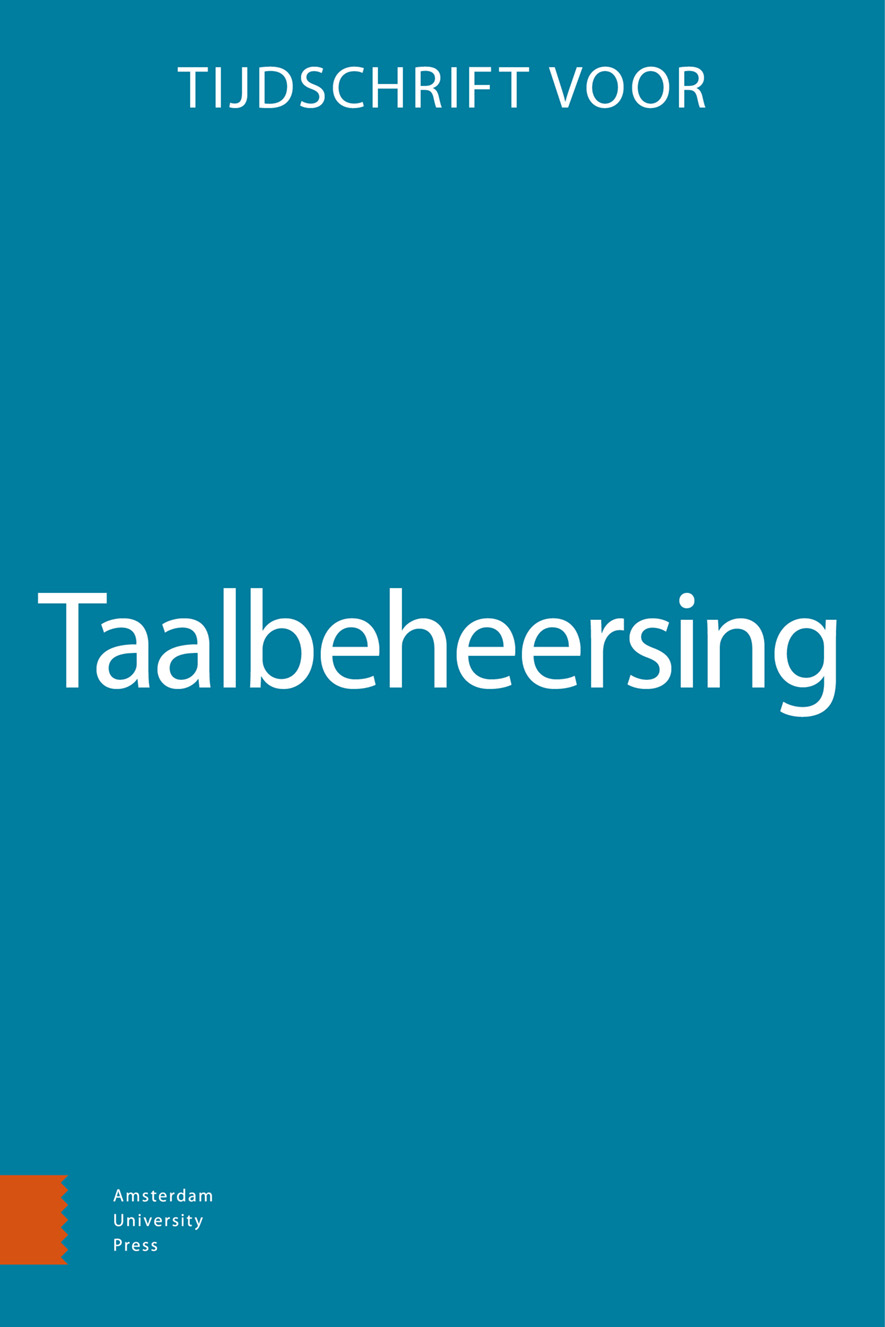-
oa Hoe worden onderwijsteksten vereenvoudigd, en helpt dat?
- Amsterdam University Press
- Source: Tijdschrift voor Taalbeheersing, Volume 39, Issue 2, Jul 2017, p. 245 - 263
Abstract
Simplifying educational text: how is it done, and does it help?
The Dutch canon offers 50 short texts that teach Dutch students about important parts of Dutch culture and history. Those texts are provided at three levels of complexity. The first part of this paper presents an automatic analysis of the linguistic features that have been modified in simplifying the texts. The versions differ most in word complexity and frequency, concreteness, syntactic complexity and cohesion. Smaller effects are found for human interest, and none for connectives. Correlations show that lexical and syntactic simplifications go hand in hand with increased cohesion. Given the text topic, syntax and cohesion are shown to vary more widely than word frequency and especially concreteness.
The second part of the paper tests the comprehension effects of a particular medium-level simplification, concerning a text on the First World War. The main stylistic revisions concern lexical complexity and cohesion; furthermore, the revision ads headings. The experiment used a 2x2 design with stylistic level and headings (yes/no) as factors. 234 students from grades five, eight and nine answered comprehension questions. Across the board, we find higher comprehension scores for the stylistic revision; no heading effects are found.


